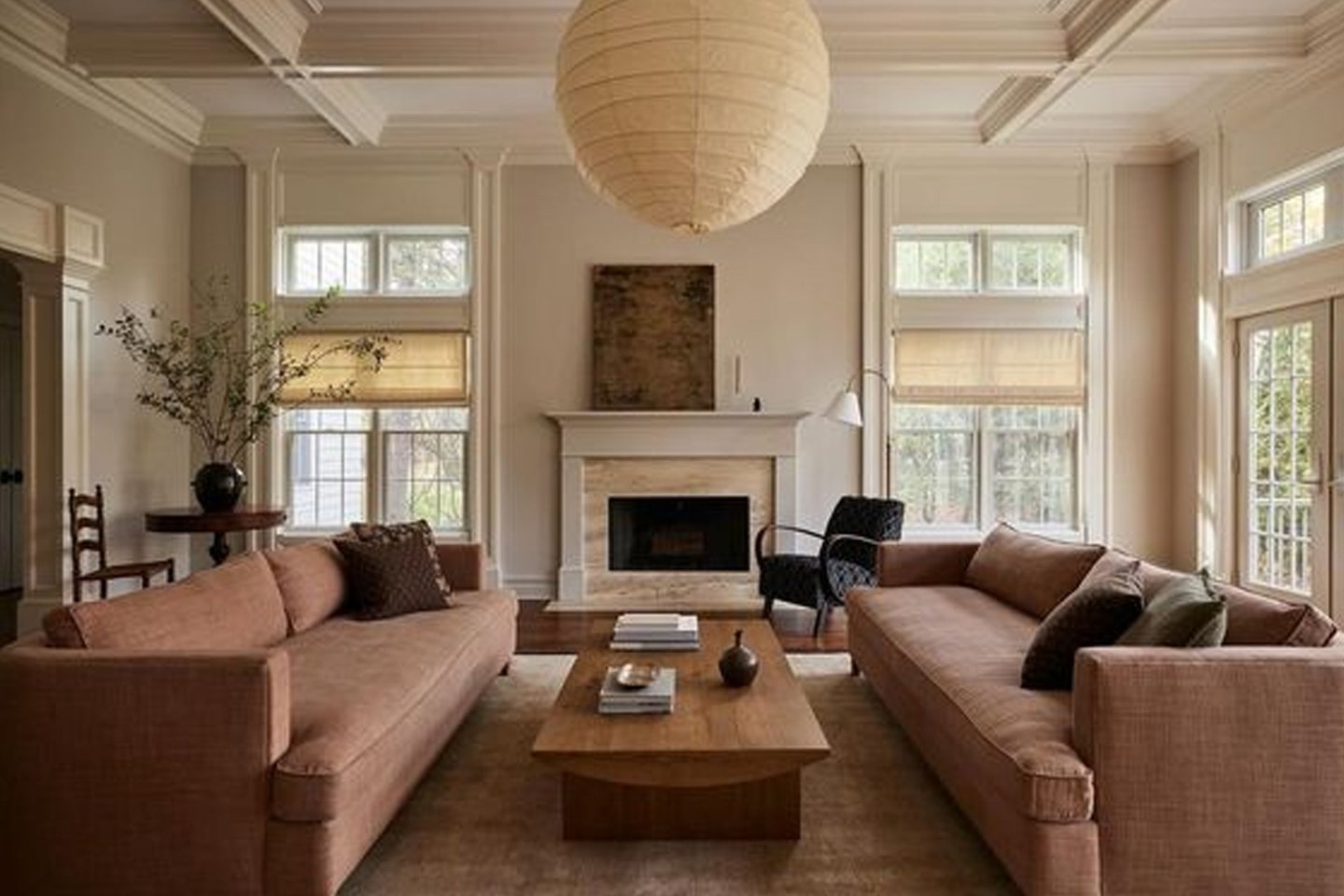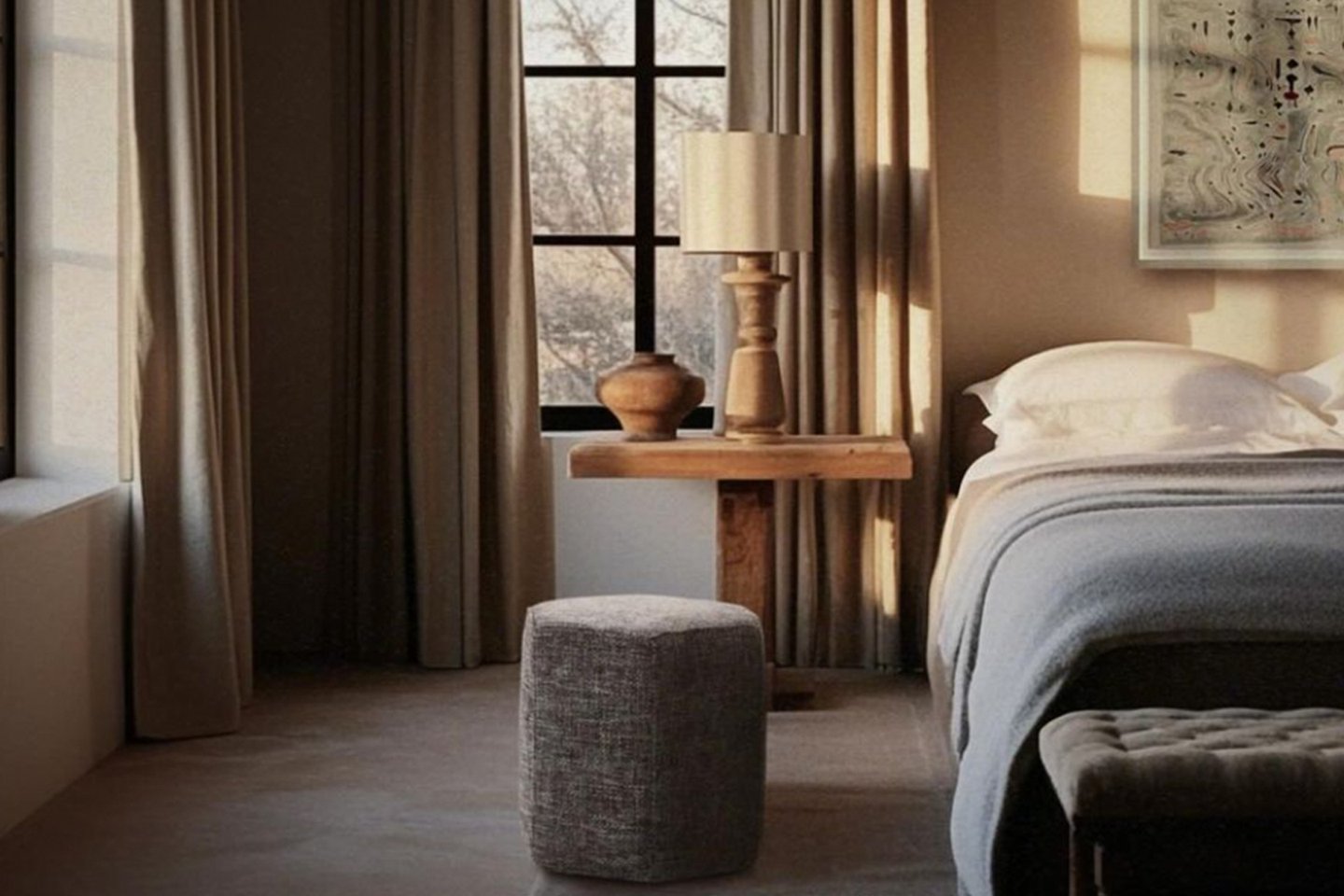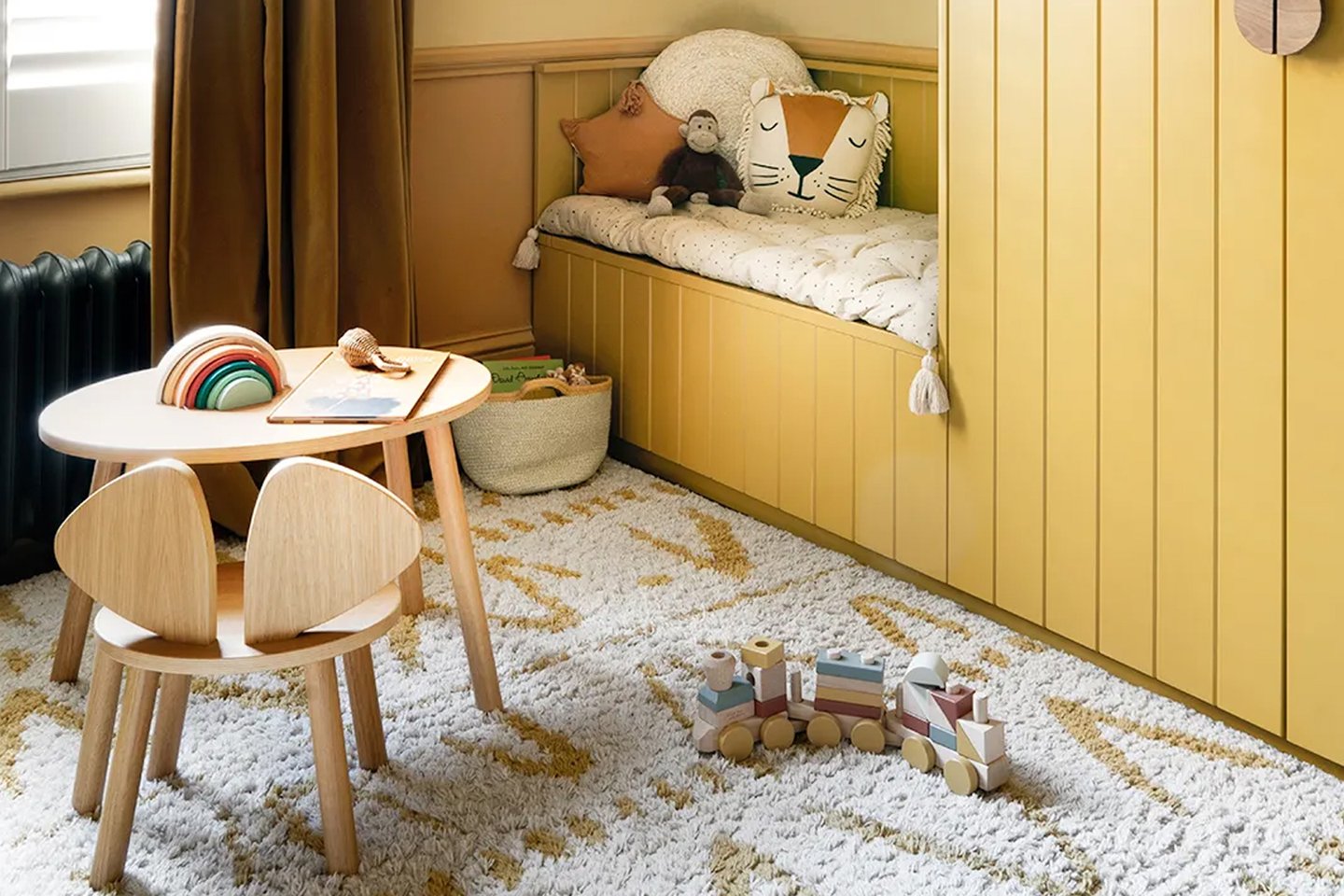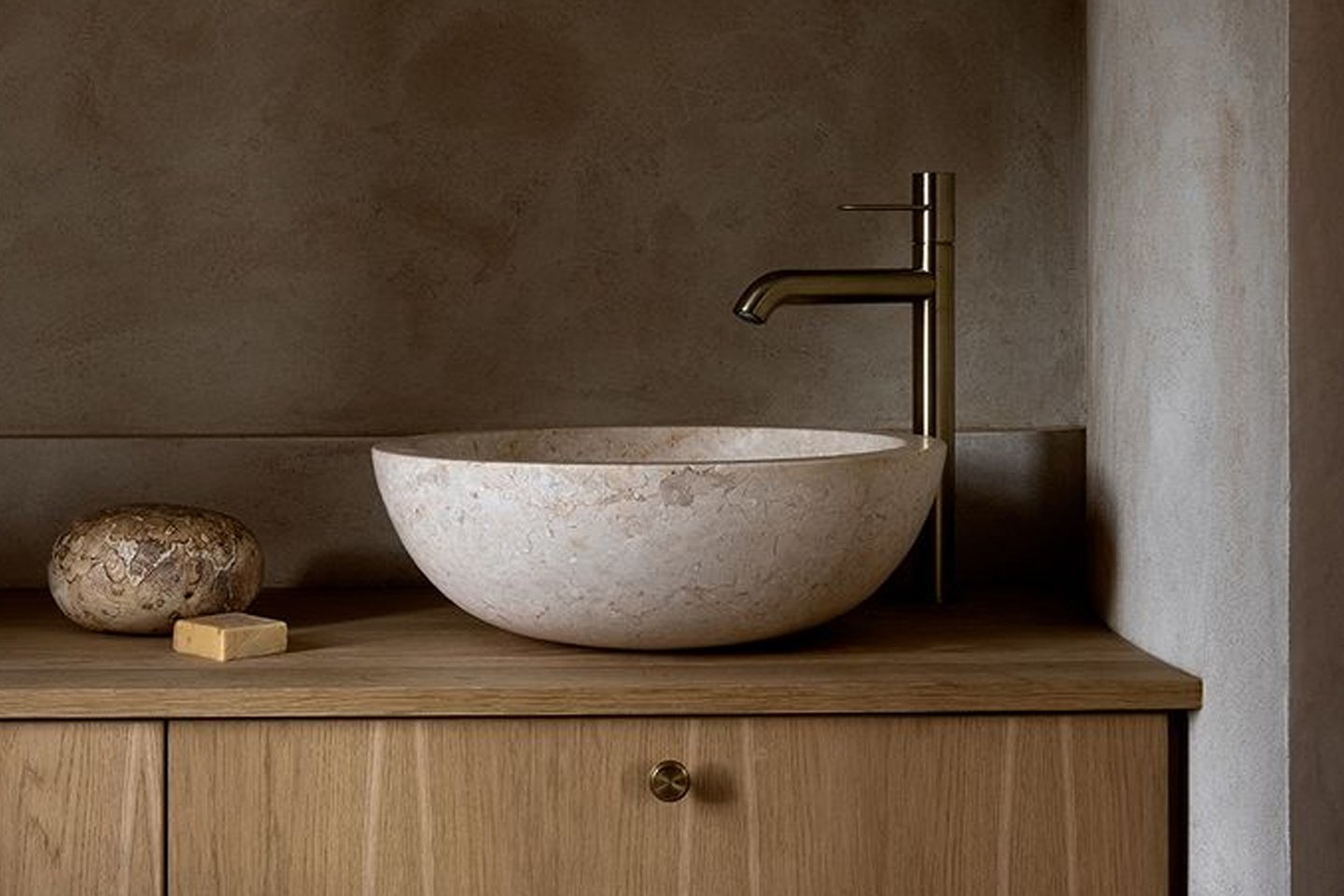Discover our ‘How To…’ series and transform your interiors with WLLW’s healthy and sustainable design strategies.
Refreshing your home isn’t just about a new coat of paint or a seasonal décor switch – it’s about rethinking how we live. In this round-up, we highlight our 'How To...' series, offering practical ideas for interior design that promote balance, renewal and, most importantly, health. From living rooms to restorative bedrooms, these guides explore how small, intentional changes can transform the way we experience life within our homes.

How To…Design a Healthy Living Room
Your living room should be more than a space for entertaining; it should also be a sanctuary for rest and connection. This article considers how to optimize furniture layout for comfort and flexibility, integrate natural and non-toxic materials, and choose lighting that supports your family’s circadian rhythms. Our team provides actionable strategies that include everything from selecting the right upholstery to improving air quality, which will make your living space healthier and more welcoming.

How To…Design a Kitchen That Supports Your Wellbeing
The kitchen is the heart of the home, shaping our wellbeing. This 2-part guide examines how considered design can encourage healthier eating habits and stronger family connections. Learn how to improve air quality with proper ventilation, select low-VOC materials for furnishings and finishes, and create a layout that makes cooking effortless. From natural wood cabinetry to sustainable countertops, this piece covers essential elements for a kitchen that nurtures both body and mind.

How To…Design a Restorative Bedroom
Quality sleep is crucial for physical and mental health and bedroom design plays a key role in achieving it. There are many ways to minimize sleep disruptors such as ambient noise and poor air quality, while optimizing temperature and lighting for restorative rest. In this article we cover the importance of selecting non-toxic bedding, designing a clutter-free space and understanding color theory. All our recommendations are based on scientific research so that you can create a tranquil sleep environment that enhances wellbeing.

How To…Design a Healthy Children’s Bedroom
A child’s bedroom is more than a place to sleep; it’s where they also play, learn and grow. In this article, the final in our round-up, we uncover how to design a space that fosters your little ones’ creativity, independence and comfort. Understand the importance of healthy materials, optimal lighting for circadian rhythms and storage solutions that encourage organization from an early age. We look at a range of influences, such as the impact of reducing screen exposure, selecting non-toxic furniture and managing noise levels. With the help of this guide you can design a safe, nurturing environment for children at every stage of development.

How To…Design a Healthy and Sustainable Bathroom
More than just a functional space for bathing, the bathroom is a place for daily rituals and self-care. This article explores how to design a bathroom that promotes health and sustainability. It covers water-efficient fixtures and highlights the toxin-free alternatives to traditional paint, allowing you to create a space that’s free from harmful chemicals and conducive to relaxation. Learn about the benefits of selecting natural materials for your surfaces, improving ventilation and incorporating biophilic design for a cleaner, healthier retreat.
Feature Image: Henrybuilt kitchen in a Tribeca home designed by Tang Kawasaki with photo by Zack Pontz
Photography: Nicole Franzen, deVOL, Christiane Lemieux, Leo Davut, Jonas Bjerre-Poulsen
